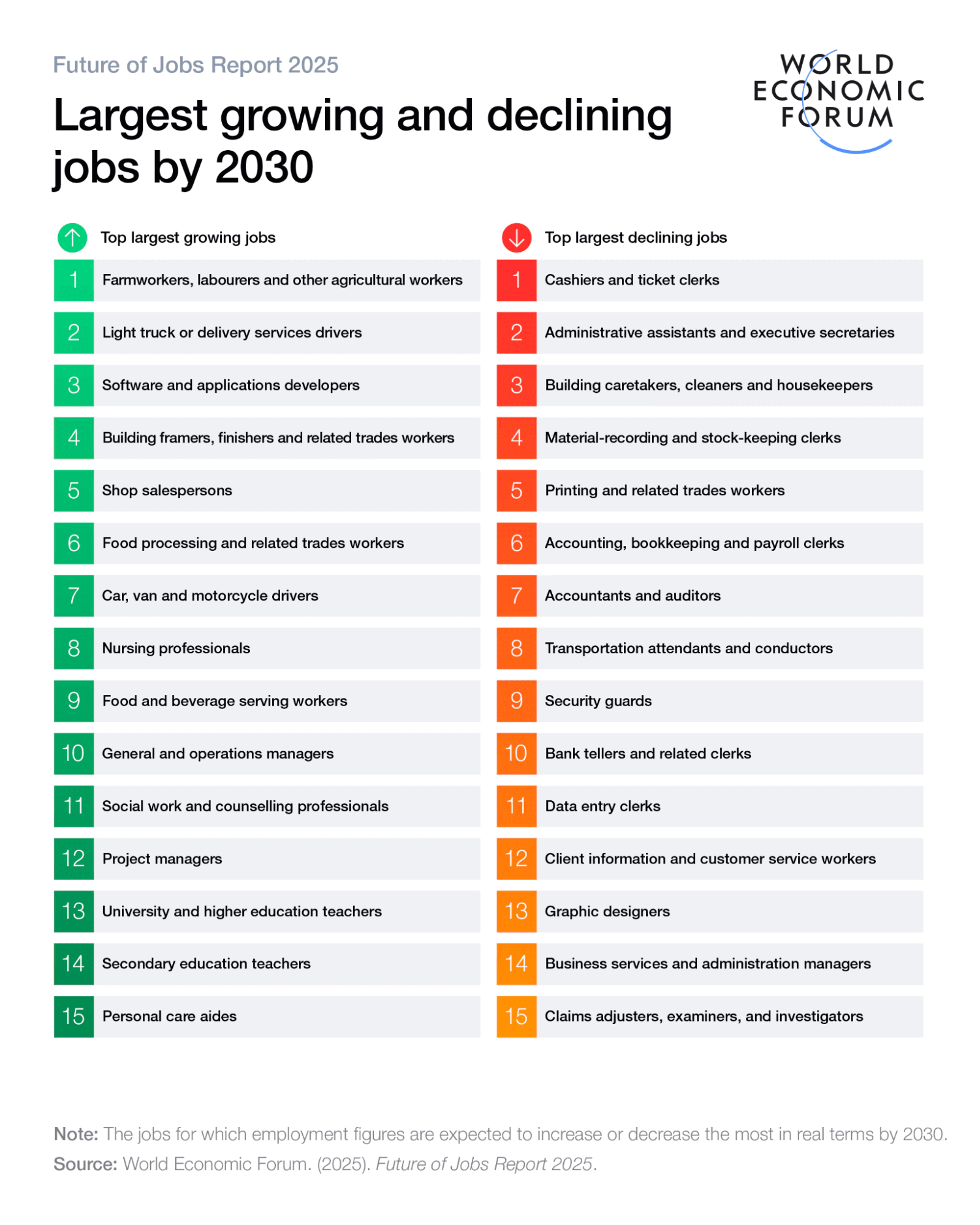by Bryan Hyland, Commercial Director at Morgan McKinley
As AI, automation, and the green economy reshape industries, hiring managers in 2025 face mounting pressure to source talent that’s agile, future-ready, and equipped with the right capabilities, not just credentials. Skills-based hiring has evolved from a trend into a strategic cornerstone of successful talent acquisition. However, more often than not they are receiving applications from candidates who do not match the job description requirements. A switch to skills-based hiring could be the solution…
In 2025, skills-based hiring is no longer just gaining momentum; it’s now central to how leading companies build workforce strategies. Enabled by AI-driven job matching tools and real-time skills taxonomies, organisations are redesigning roles and recruitment around demonstrable capabilities.
The companies recruiting employees based on demonstrated skills and not education or qualifications are seeing a dramatic improvement of their overall performances, as well as in other key areas such as creating more diverse talent pools, better retention rates and a reduction in time to fill historically tricky roles.
If we want to shape the workforce of the future, we need to hire for skills of the future.
The why: Skills-based hiring improves diversity and retention
When it comes to finding the right person for a role, talent teams need to hire people who can get the work done; people who have the right skill set to get the job done. It’s important to remember that how they have acquired those skills doesn’t matter.
LinkedIn Skills-Based Hiring: Increasing Access to Opportunity report shows that adopting a skills-based approach would significantly expand talent pools, particularly for workers without degrees, women, and younger people.
Employees without a degree tend to stay 34% longer than employees with a degree.
If you continue to evaluate resumes and people based on whether they have a degree or whether they went to a prominent university or college instead of focusing on their skill sets, you’re missing out on a much wider, more diverse talent pool.
You’d be surprised to discover how many highly talented professionals are sitting outside your traditional talent pools. This is largely down to the accessibility of online courses and the rise of ‘learning on the job’. Consequently, more and more people are developing business-critical skills without attending university.
The what: What are the skills of the future?
The benefits of skills-based hiring are huge, but what are the skills hiring managers should be looking for to shape a workforce that is equipped to thrive in the future? (We will dive deeper into how to hire for those skills in the next section…)
Based on the World Economic Forum’s Future of Jobs Report 2025, the top 15 skills projected to be most in-demand by 2030, driven by technological advancements, demographic shifts, and the green transition, are:
Top 15 skills of the future
- Analytical thinking
- Creative thinking
- Resilience, flexibility, and agility
- Motivation and self-awareness
- Curiosity and lifelong learning
- Technological literacy
- Dependability and attention to detail
- Empathy and active listening
- Leadership and social influence
- Quality control
- Systems thinking
- Talent management
- Service orientation and customer service
- Resource management and operations
- Environmental stewardship
These skills are not abstract ideals, they’re becoming critical competencies for today’s high-growth roles. For instance, AI Specialists must pair analytical thinking with curiosity and resilience to adapt to evolving models, while Customer Experience Managers increasingly rely on empathy, technological literacy, and service orientation.
Similar to previous years, roles such as Data Analysts and Scientists, AI and Machine Learning Specialists, Robotics Engineers, Software and Application Developers and Digital Transformation Specialists remain in growing demand.
Jobs of tomorrow
The World Economic Forum’s Future of Jobs Report 2025 report presents a way to measure and track the emergence of new jobs using real-time labour market data.
The report surveyed more than 1,000 of the largest employers worldwide, representing 22 industry clusters and more than 14 million workers.

The how: How to adopt skills-based hiring?
Digital and technological disruption is ranked as a top priority for business leaders, followed by attracting the talent that will make this transformation possible. This continues to be a challenge as businesses across multiple industries are facing skills shortages.
Employers see ‘skill gaps in the local labour market’ and the ‘inability to attract specialised talent’ as the main barriers to adopting new technologies.
Some organisations are therefore providing access to resources for reskilling and up-skilling to their current workforce. This approach is dependent on employees also embracing these opportunities.
What can hiring managers do today to shift their focus to skills-based hiring?
1. Start by rethinking your company’s job descriptions and job posts
Instead of starting your recruitment process by creating job description that list all the job requirements, think about what skills are required to do the job. Put the focus on the responsibilities the person will have in the role and what skills they will have to use in their daily tasks.
When writing your job description, think about what results you expect the person to deliver in this role.
LinkedIn conducted a job description heat map study that highlighted what job seekers were most interested in when reviewing potential opportunities. One of the key findings was that – apart from salary and compensation benefits – job seekers were interested in what success looks like in the role.
2. Perform a job analysis to understand the skills a role requires
Hiring managers should work closely with the team or manager they are hiring for to really understand what skills are important for the role and how to assess those skills. This means identifying skill gap: technical skills, hard skills and soft skills.
By going through this process, talent teams are better positioned to conduct a skills assessment that will help you find the best talent.
3. Incorporate skills assessment into the application process
It could well be time to review your interview process: What questions are you asking? How are you assessing if someone is really the right fit for the role?
There are a number of different interview techniques that are better suited to assess skill sets such as job auditions, soft skills assessments or even virtual reality assessments.
Integrate AI-powered and gamified tools to fairly evaluate candidates. Platforms like HireVue, Codility, or Arctic Shores offer scalable ways to assess real-world skills from coding to critical thinking to emotional intelligence, beyond what’s written on a CV.
4. Recognise non-traditional learning
Use digital credentials (e.g. Credly, Degreed) to validate skills gained through online courses, bootcamps, or on-the-job learning. This expands your reach to capable candidates outside of traditional talent pools.
5. Leverage internal talent marketplaces
Skills-based hiring isn’t just external. Platforms like Workday or Gloat help redeploy existing employees into new roles or projects by matching them to open opportunities based on their verified skillsets.
Final thoughts
Skills-based hiring is the future of hiring and, if embraced, will help shape the workforce of tomorrow.
Hiring managers and talent teams will quickly see results from skills-based hiring and its ability to attract top talent to your organisation.
Skills-based hiring is more than a recruitment technique; it’s a foundational pillar for organisational resilience, equity, and innovation. Forward-thinking leaders are using it to fill roles and future-proof their workforce and navigate transformation with agility.












































